Social Studies 5.2
History. The student understands how conflict between the American colonies and Great Britain led to American independence. The student is expected to:
- (1) Citizenship. The student understands the fundamental rights of American citizens guaranteed in the Bill of Rights and other amendments to the U.S. Constitution. The student is expected to:
- (2) describe
the fundamental rights guaranteed by each amendment in the Bill of Rights, including
freedom of religion, speech, and press; the right to assemble and petition the
government; the right to keep and bear arms; the right to trial by jury; and
the right to an attorney; and
- (A) describe various amendments to the U.S. Constitution such as those that extended voting rights of U.S. citizens.
- (B) Culture. The student understands the relationship between the arts and the times during which they were created. The student is expected to:
- (3) identify significant examples of art, music,
and literature from various periods in U.S. history such as the painting American
Progress, "Yankee Doodle," and "Paul Revere's Ride";
and
- (A) explain how examples of art, music, and literature reflect the times during which they were created.
- (B) Culture. The student understands the contributions of people of various racial, ethnic, and religious groups to the United States. The student is expected to:
- (4) identify the similarities and differences
within and among various
racial, ethnic, and religious groups in the United States;
- (A) describe customs and traditions of various racial, ethnic, and religious groups in the United States; and
- (B) summarize the contributions of people of various racial, ethnic, and religious groups to our national identity.
- (C) Science, technology, and society. The student understands the impact of science and technology on society in the United States. The student is expected to:
- (5) identify the
accomplishments of notable individuals in the fields of science and technology,
including Benjamin Franklin, Eli Whitney, John Deere, Thomas Edison, Alexander
Graham Bell, George Washington Carver, the Wright Brothers, and Neil Armstrong;
- (A) identify how scientific discoveries, technological innovations, and the rapid growth of technology industries have advanced the economic development of the United States, including the transcontinental railroad and the space program;
- (B) explain how scientific discoveries and technological innovations in the fields of medicine, communication, and transportation have benefited individuals and society in the United States; and
- (C) predict how future scientific discoveries and technological innovations could affect society in the United States.
- (D) Social studies skills. The student applies critical-thinking skills to organize and use information acquired from a variety of valid sources, including electronic technology. The student is expected to:
- (6) differentiate between, locate, and use valid
primary and secondary sources such as computer software; interviews; biographies;
oral, print, and visual material; documents;
and artifacts to acquire information about the United States;
- (A) analyze information by sequencing, categorizing, identifying cause-and-effect relationships, comparing, contrasting, finding the main idea, summarizing, making generalizations and predictions, and drawing inferences and conclusions;
- (B) organize and interpret information in outlines, reports, databases, and visuals, including graphs, charts, timelines, and maps;
- (C) identify different points of view about an issue, topic, or current event; and
- (D) identify the historical context of an event.
- (E) Social studies skills. The student communicates in written, oral, and visual forms. The student is expected to:
- (7) use social studies terminology correctly;
- (A) incorporate main and supporting ideas in verbal and written communication;
- (B) express ideas orally based on research and experiences;
- (C) create written and visual material such as journal entries, reports, graphic organizers, outlines, and bibliographies; and
- (D) use standard grammar, spelling, sentence structure, and punctuation.
- (E) Social studies skills. The student uses problem-solving and decision-making skills, working independently and with others, in a variety of settings. The student is expected to:
- (8) use a problem-solving process to identify
a problem, gather information, list and consider options, consider advantages
and disadvantages, choose and implement a solution, and evaluate the effectiveness
of the solution; and
- (A) use a decision-making process to identify a situation that requires a decision, gather information, identify options, predict consequences, and take action to implement a decision.
- (B) identify and analyze the causes and effects of events prior to and during the American Revolution, including the French and Indian War and the Boston Tea Party;
- (C) identify the Founding Fathers and Patriot heroes, including John Adams, Samuel Adams, Benjamin Franklin, Nathan Hale, Thomas Jefferson, the Sons of Liberty, and George Washington, and their motivations and contributions during the revolutionary period; and
- (D) summarize the results of the American Revolution, including the establishment of the United States and the development of the U.S. military.
- Free Plan
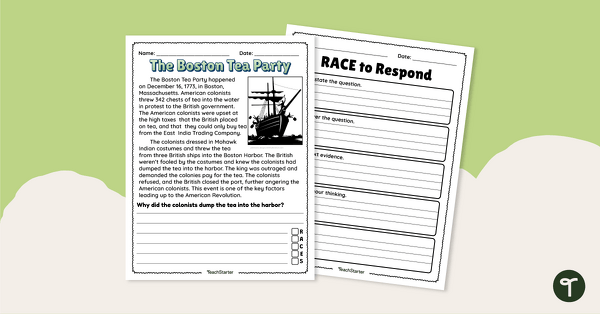
Boston Tea Party - RACES Writing Strategy Worksheet
Integrate reading, writing, and American history with a worksheet about the Boston Tea Party using the RACES writing strategy for text evidence.
- Plus Plan
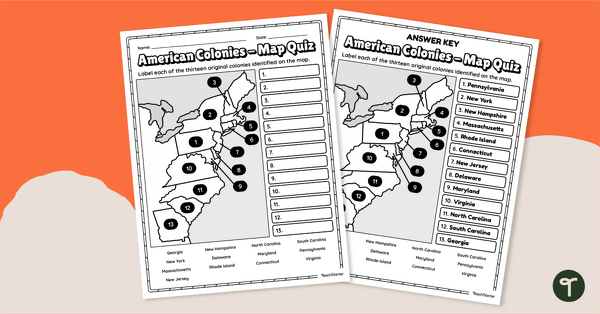
13 Colonies Quiz
Locate and identify the 13 original colonies of the United States with a 13 Colonies Map Quiz.
- Plus Plan
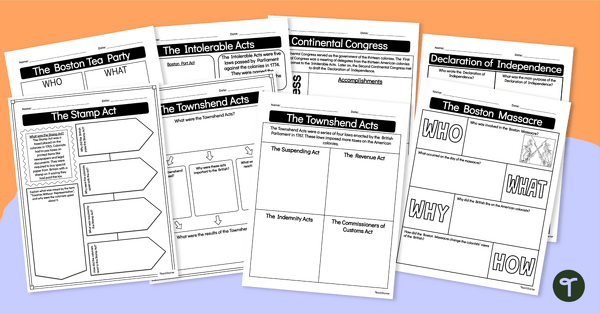
Causes of the American Revolution Note-Taking Templates
Discover the causes of the American Revolution with a group of Revolutionary War graphic organizers.
- Plus Plan
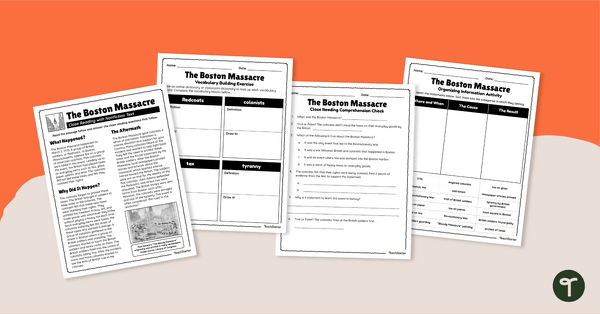
The Boston Massacre Reading and Writing Worksheets
Integrate Reading and Social Studies content with a set of Boston Massacre worksheets.
- Plus Plan
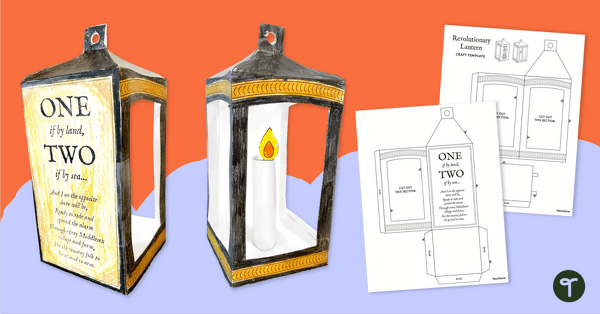
The Midnight Ride of Paul Revere - Paper Lantern Craft
Hang your lanterns in the belfry at Old North Church, and signal the Midnight Ride of Paul Revere with a printable lantern template.
- Plus Plan
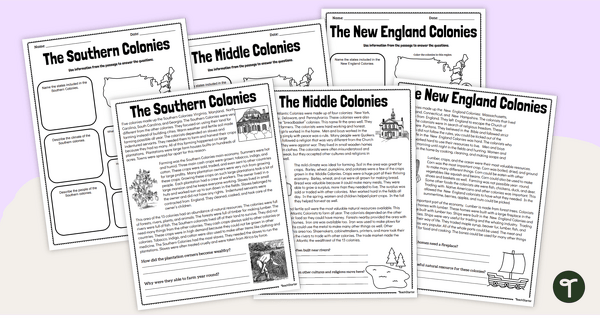
13 Colonies Reading Passages - New England, Southern, and Middle Colonies
Build reading comprehension skills and knowledge of the New England, Southern, and Middle colonies with printable comprehension worksheets.
- Plus Plan
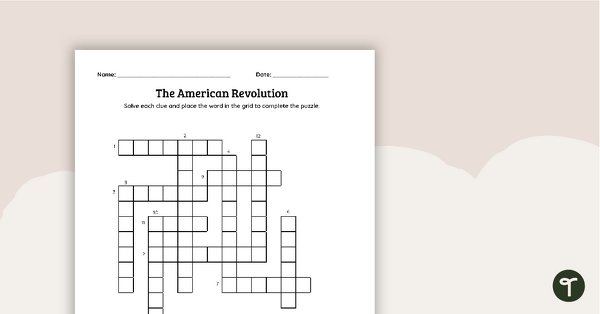
American Revolution Crossword Puzzle
Review Revolutionary War vocabulary with a crossword puzzle.
- Plus Plan

French and Indian War - Note Taking Template
Provide your learners with an organized method of note-taking with a French and Indian War note-taking template.
- Plus Plan

Social Studies Story Map - The French and Indian War
Combine literary plot diagrams and Social Studies standards with a French and Indian war story map worksheet.
- Plus Plan
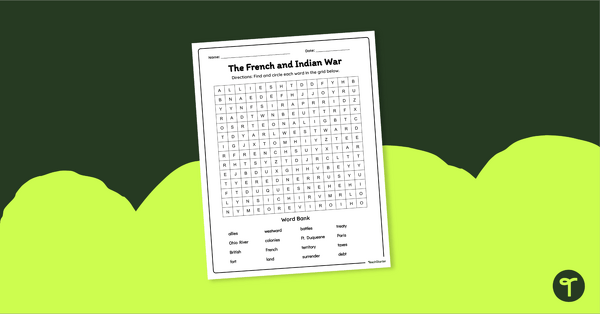
The French and Indian War - Word Search
Build academic vocabulary skills with a French and Indian War word search.
- Plus Plan
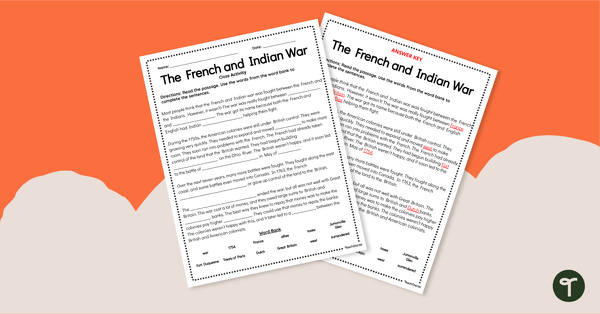
The French and Indian War - Cloze Activity
Build vocabulary and understanding of the French and Indian War with a cloze reading passage worksheet.
- Plus Plan
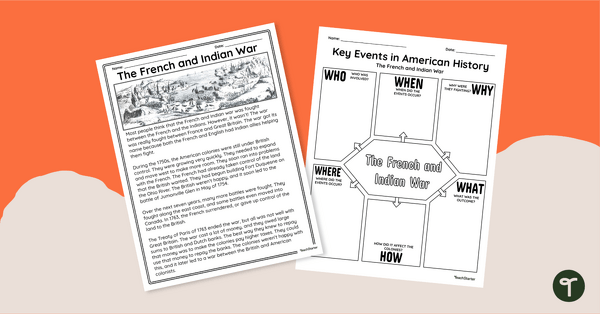
The French and Indian War - Passage and Graphic Organizer
Reveal another chapter in American History with a reading passage and graphic organizer worksheet on the French and Indian War.
- Plus Plan
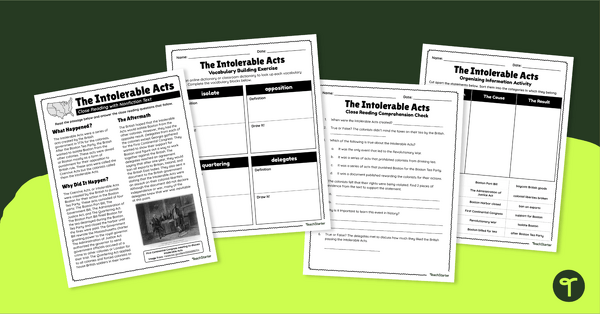
The Intolerable Acts Worksheets
Practice close reading strategies, vocabulary, and writing skills with an Intolerable Acts worksheet and writing prompt.
- Plus Plan
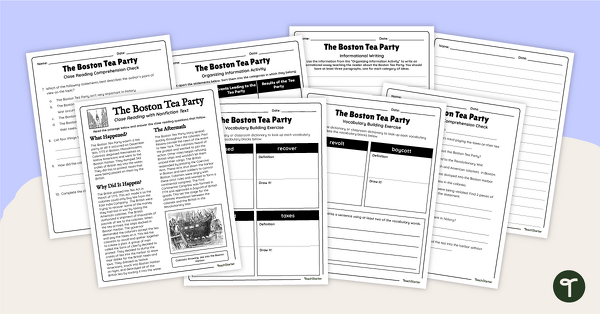
Boston Tea Party Worksheet Pack
Enhance your students' close reading strategies, vocabulary, and writing skills with a Boston Tea Party reading passage and accompanying activities.
- Plus Plan
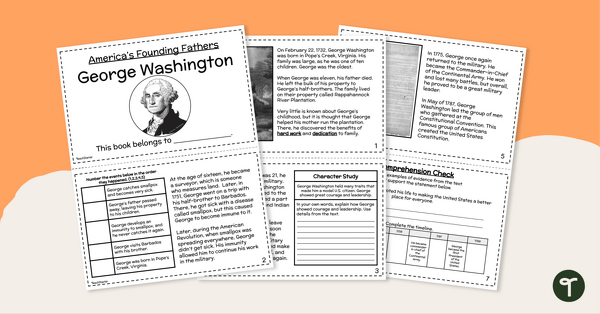
George Washington Printable Book
Read and learn about the father of our country, George Washington, with a printable reader and activity book.
- Plus Plan
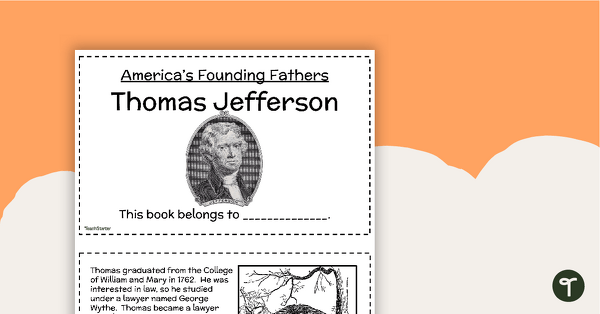
Thomas Jefferson Printable Mini-Book
Read and learn about Thomas Jefferson with a printable informational reader and activity booklet.
- Free Plan
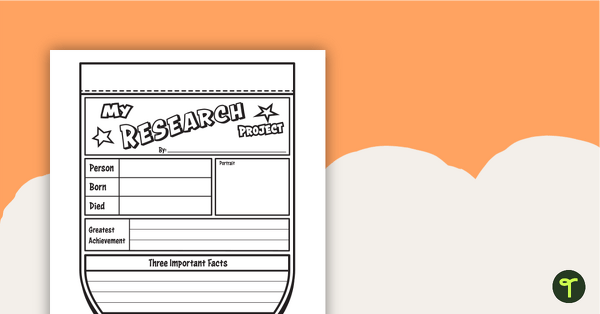
My Research Project - Pennant Banner
Create a pennant banner for students to record and display their biography research.
- Plus Plan
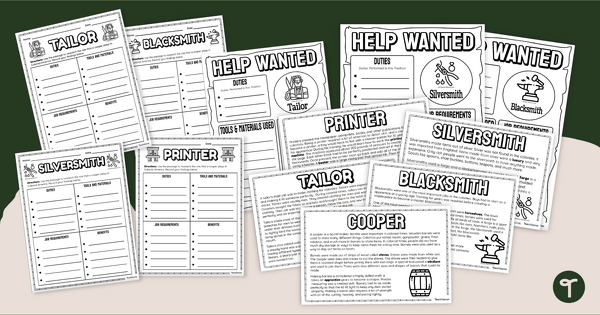
Colonial Jobs - Colonial Tradesmen Research Project
Read, research, and learn about the different types of trades and colonial tradesmen during colonial times.
- Free Plan
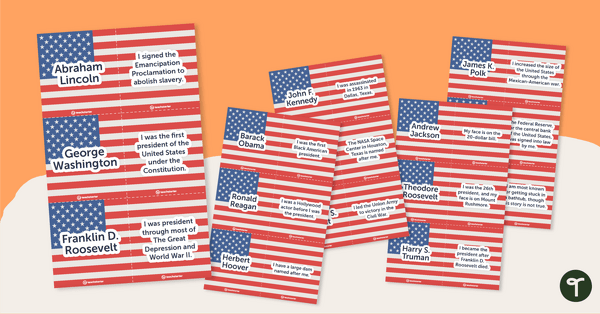
Presidents' Day Matching Activity
A matching activity to use around Presidents' Day or Independence Day.
- Plus Plan

"The Road to Revolution" Flip Book
Discover the causes of the American Revolution with a Road to Revolution Flipbook.
- Plus Plan
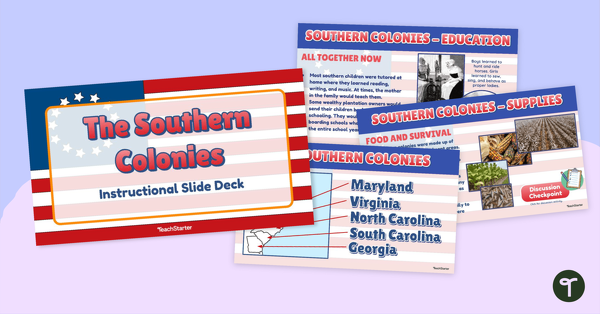
The Southern Colonies Instructional Slide Deck
Guide your students on a trip through American history with an instructional slide deck depicting life in the Southern Colonies.
- Plus Plan
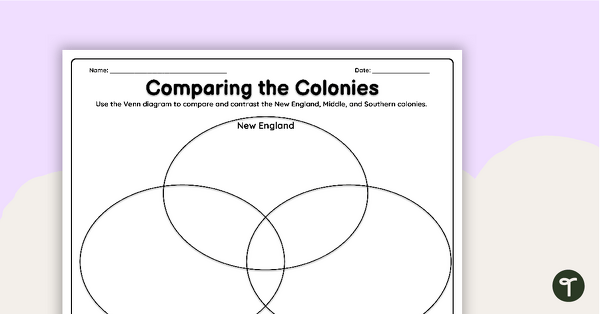
13 Colonies Venn Diagram Worksheet
Compare and contrast the New England, Middle, and Southern colonies with a Venn diagram graphic organizer.
- Plus Plan
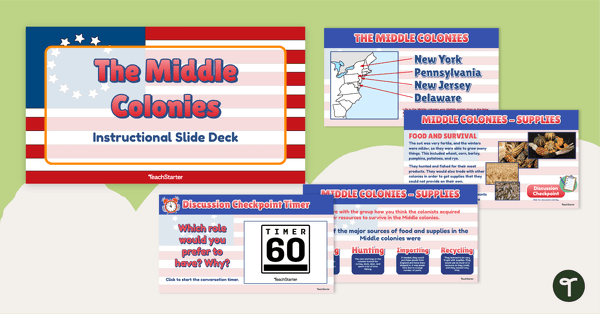
The Middle Colonies Instructional Slide Deck
Guide your students on a trip through American history with an instructional slide deck depicting life in the Middle Colonies.
- Plus Plan
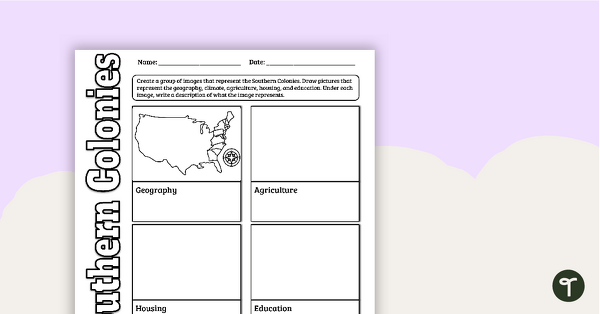
The Southern Colonies - Image Board Worksheet
Create a visual representation of the characteristics of the Southern colonies with an image board worksheet.
- Plus Plan
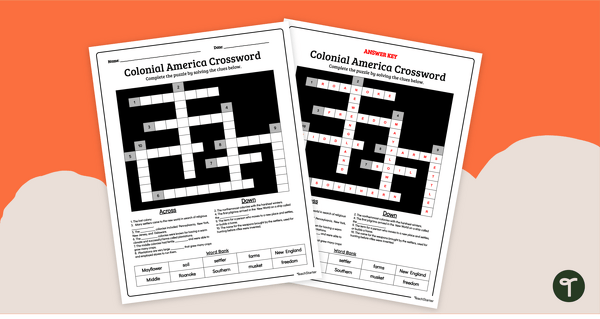
Colonial America Crossword Puzzle
Review Colonial America vocabulary with a crossword puzzle.
- Plus Plan
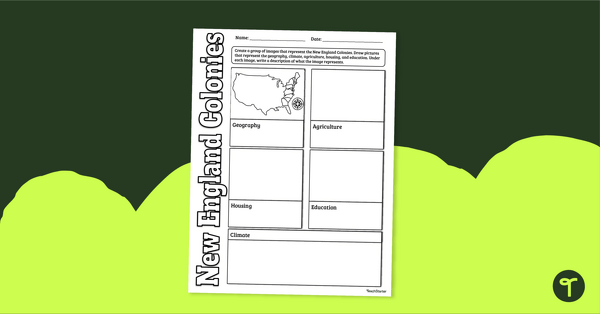
The New England Colonies - Image Board Worksheet
Create a visual representation of the characteristics of the New England colonies with an image board worksheet.
- Plus Plan
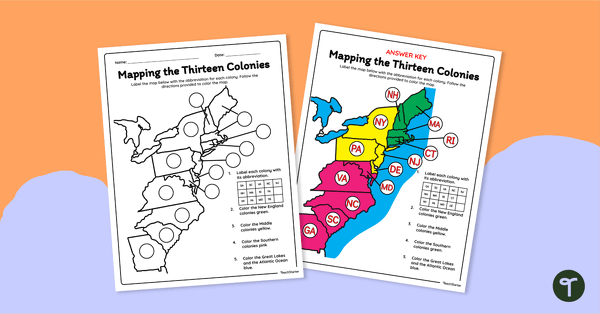
13 Colonies Map Labeling Worksheet
Locate and identify the 13 original colonies of the United States with a map labeling worksheet.
- Plus Plan
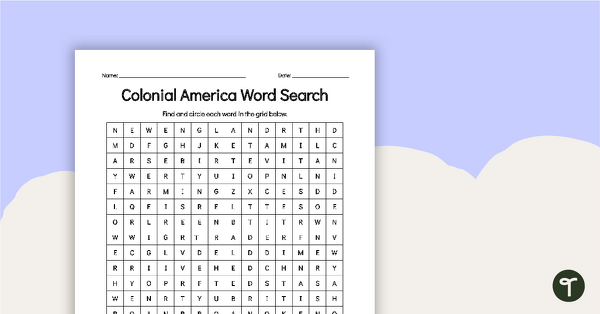
Colonial America Word Search
Review vocabulary and terminology related to Colonial America with a word search activity.
- Plus Plan
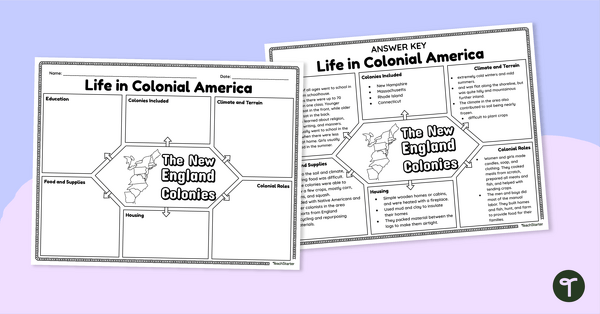
The New England Colonies - Graphic Organizer
Organize your students’ thoughts and knowledge of the original thirteen colonies with a graphic organizer.
- Plus Plan
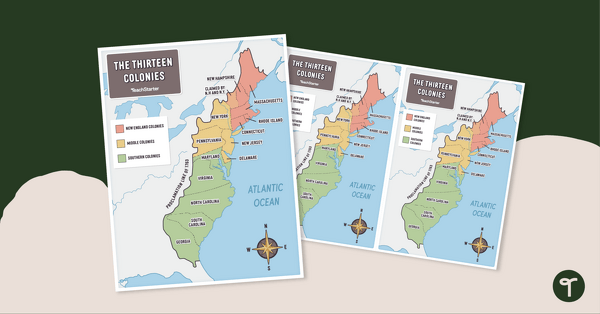
13 Colonies Map — Labeled
Build understanding of Colonial America with a labeled 13 colonies map for the classroom.
- Plus Plan
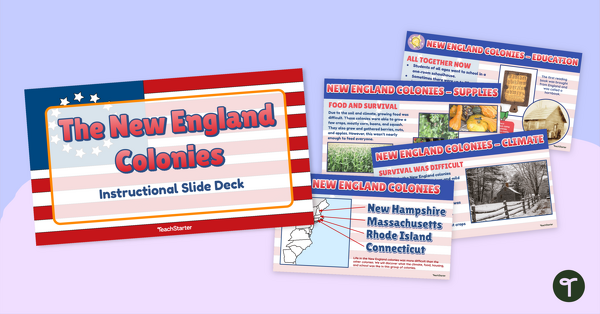
The New England Colonies - Instructional Slide Deck
Guide your students on a trip through American history with an instructional slide deck depicting life in the New England Colonies.
- Plus Plan
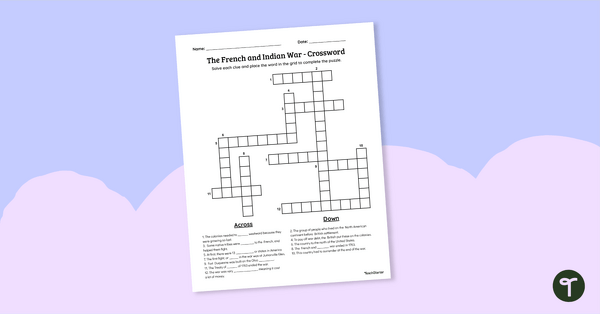
The French and Indian War - Crossword Puzzle
Review French and Indian War vocabulary with a crossword puzzle.